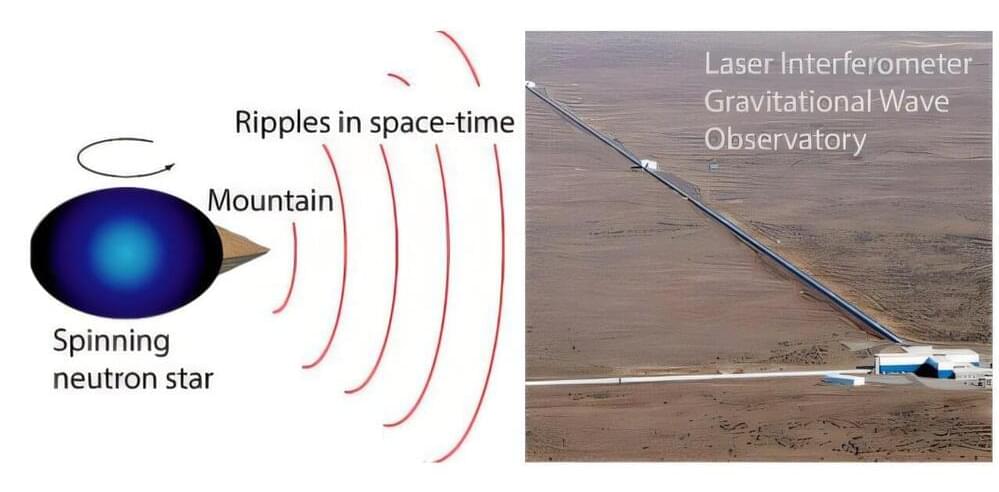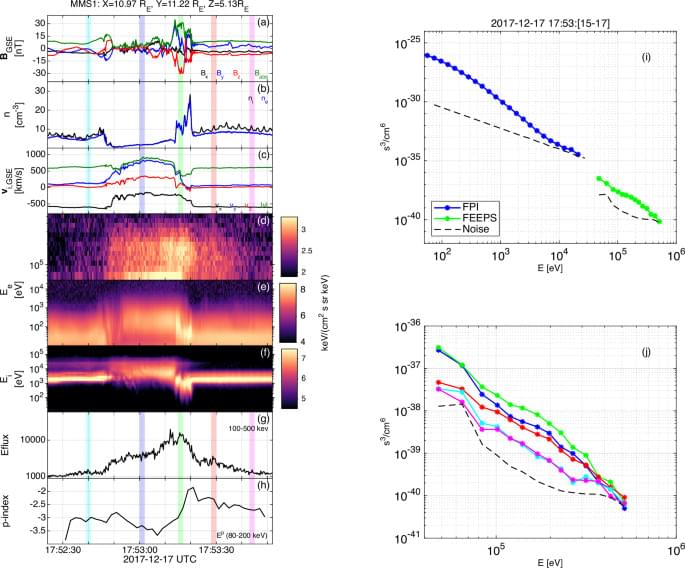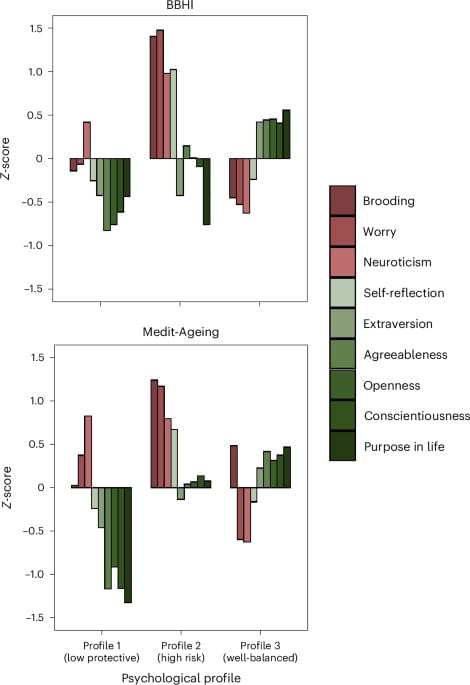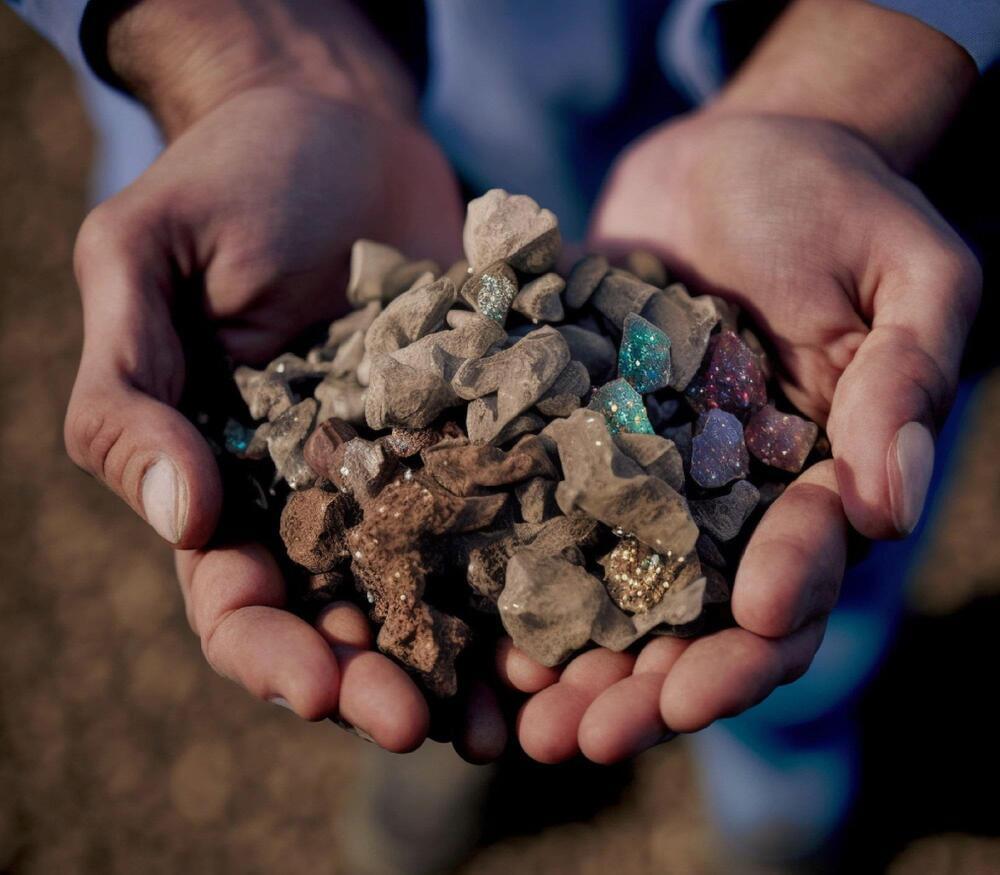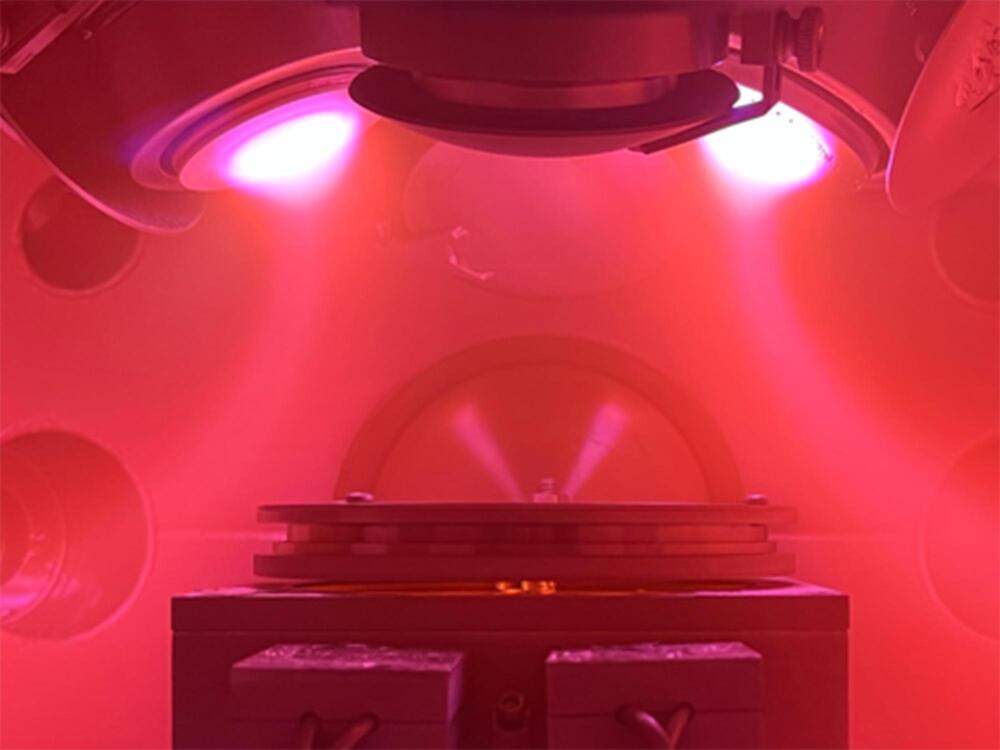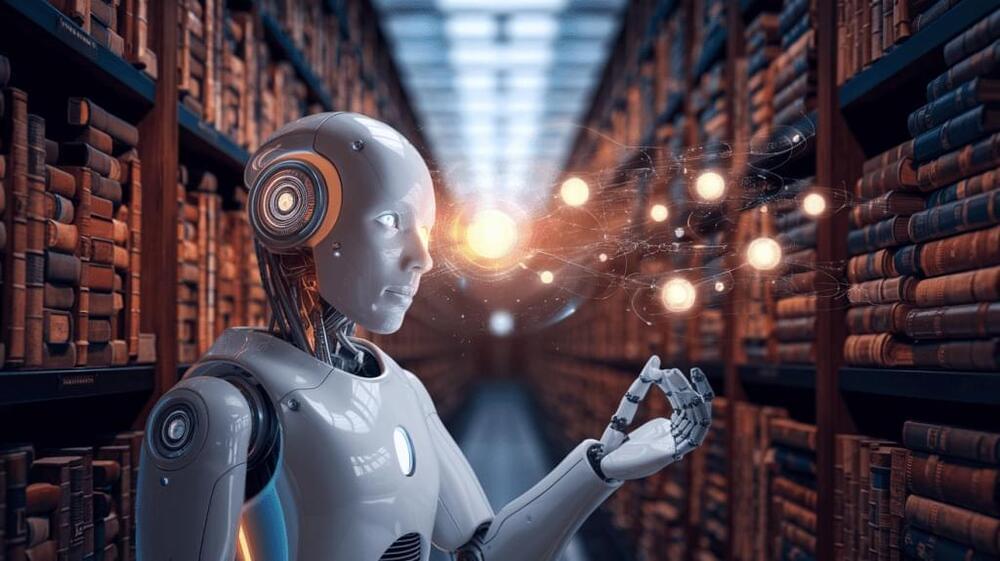A study by Michael Gerlich at SBS Swiss Business School has found that increased reliance on artificial intelligence (AI) tools is linked to diminished critical thinking abilities. It points to cognitive offloading as a primary driver of the decline.
AI’s influence is growing fast. A quick search of AI-related science stories reveals how fundamental a tool it has become. Thousands of AI-assisted, AI-supported and AI-driven analyses and decision-making tools help scientists improve their research.
AI has also become more integrated into daily activities, from virtual assistants to complex information and decision support. Increased usage is beginning to influence how people think, especially impactful among younger people, who are avid users of the technology in their personal lives.

